Nobel Peace Prize Conference in Tokyo: “Responding to the Threat of Nuclear Arms” Held at Sophia University
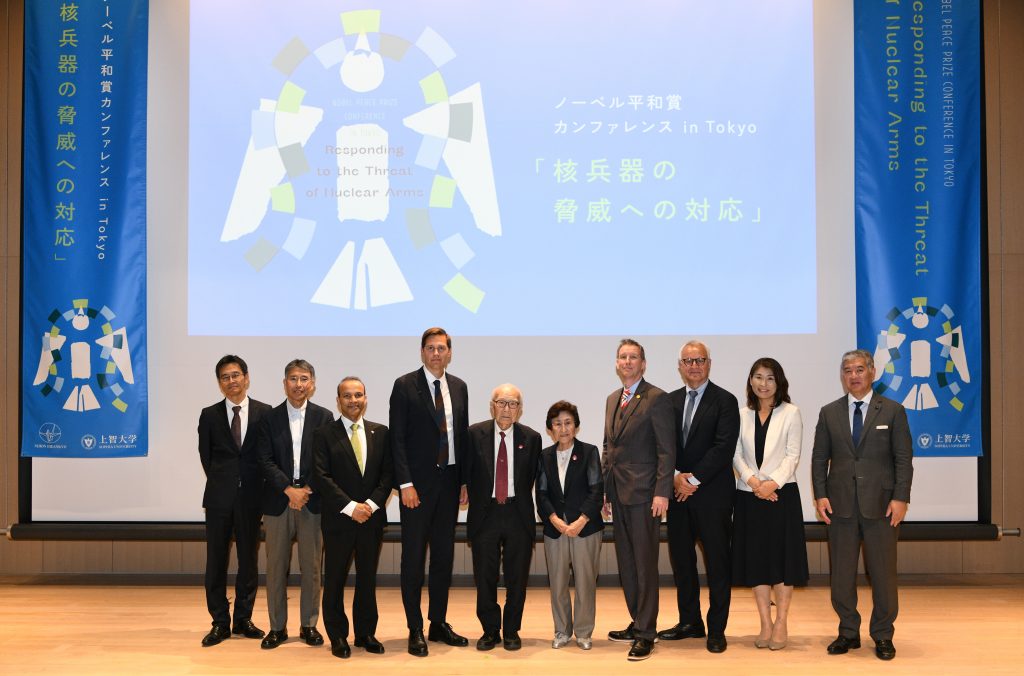
On July 27, the Nobel Peace Prize Conference in Tokyo, titled “Responding to the Threat of Nuclear Arms,” was held at the Yotsuya Campus. This conference was organized by the Norwegian Nobel Institute—the secretariat of the Norwegian Nobel Committee—and co-hosted by Sophia University and the Japan Confederation of A- and H-Bomb Sufferers Organizations (Nihon Hidankyo). Approximately 700 attendees, including Sophia students, faculty, staff, high school students, general attendees, and media representatives, participated in the event. The conference was also streamed live on Sophia University’s official YouTube channel.
This year marks the 80th anniversary of the atomic bombings, and with Nihon Hidankyo receiving the Nobel Peace Prize last year, global interest in nuclear weapons issues has been growing. This summer, the Norwegian Nobel Institute decided to send a message on nuclear issues and disarmament from Japan to the world. Sophia University was approached as an academic platform for this initiative, leading to the co-hosting of the conference. Notably, this was the first time the Norwegian Nobel Institute held an event outside Norway in collaboration with a Nobel Peace Prize laureate.
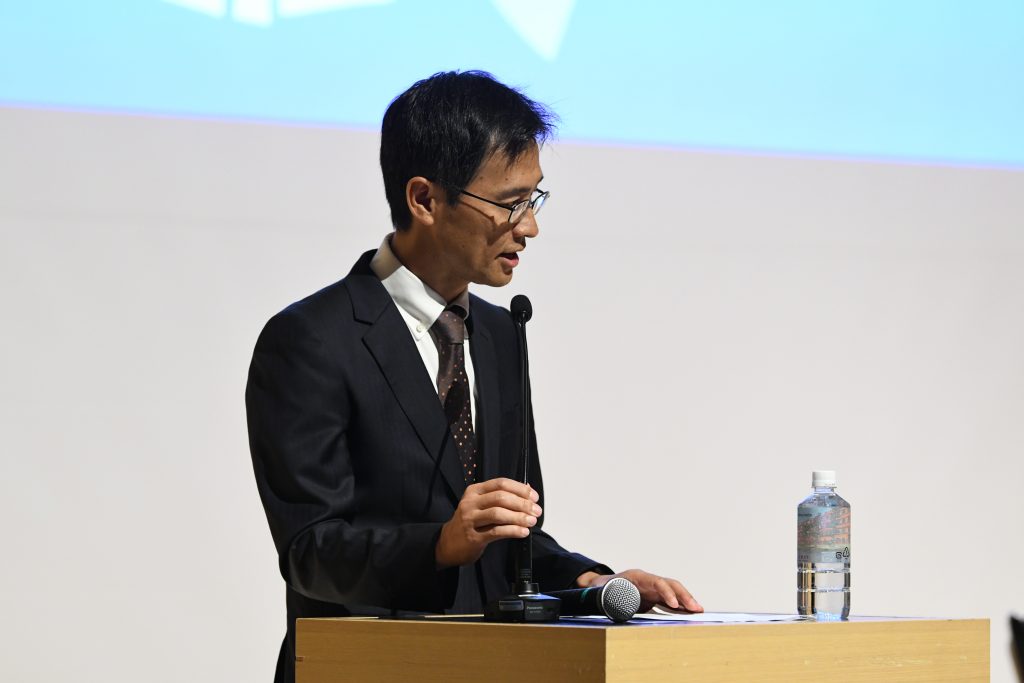
The conference began with an opening address by the Chancellor of Sophia School Corporation, Sari Augustine, S.J., followed by the first session moderated by Professor Naoki Umemiya of the Center for Global Education and Discovery. The session featured keynote speeches by Jørgen Watne Frydnes, Chair of the Norwegian Nobel Committee; Terumi Tanaka, Co-Chairperson of Nihon Hidankyo; and Michiko Kodama, Assistant Secretary-General of Nihon Hidankyo.
Keynote Speeches
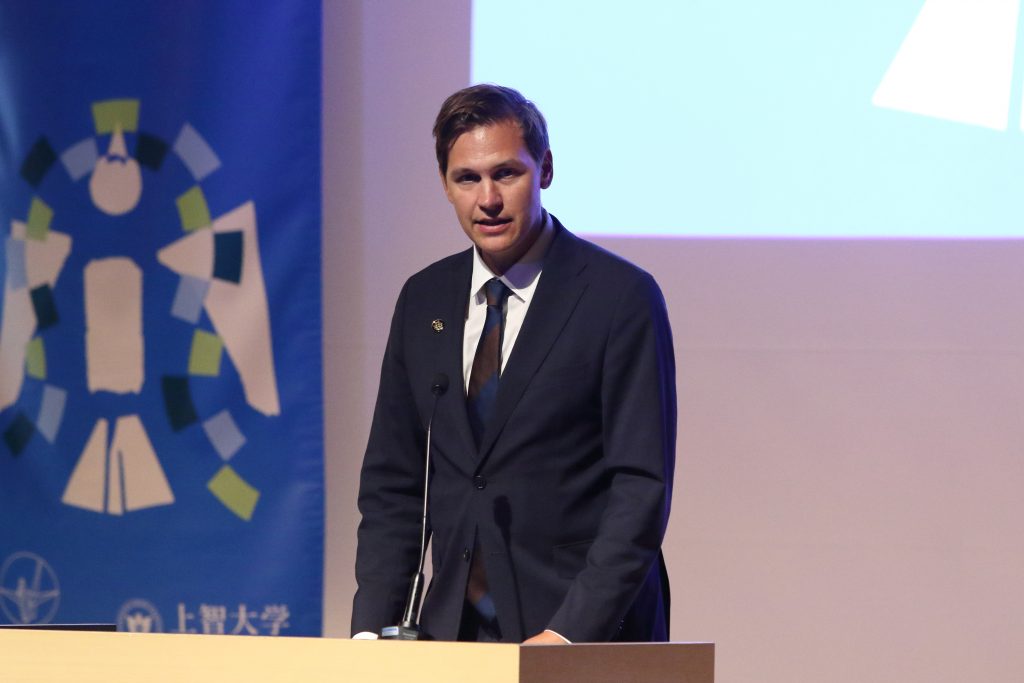
Chair Frydnes delivered a keynote speech titled “Upholding the Nuclear Taboo — a Call to Humanity.” He emphasized the significant role that the testimonies of hibakusha (atomic bomb survivors) have played in conveying the inhumanity of nuclear weapons to the world and in establishing the “nuclear taboo,” which morally condemns the use of nuclear weapons. He stated, “Hibakusha are not only victims of war — they are witnesses and teachers. As we stand at the edge of an unstable nuclear age, we must return to the messages of the hibakusha.” He concluded with a powerful call to action: “To the young people in this room: You are the future custodians of this memory.”
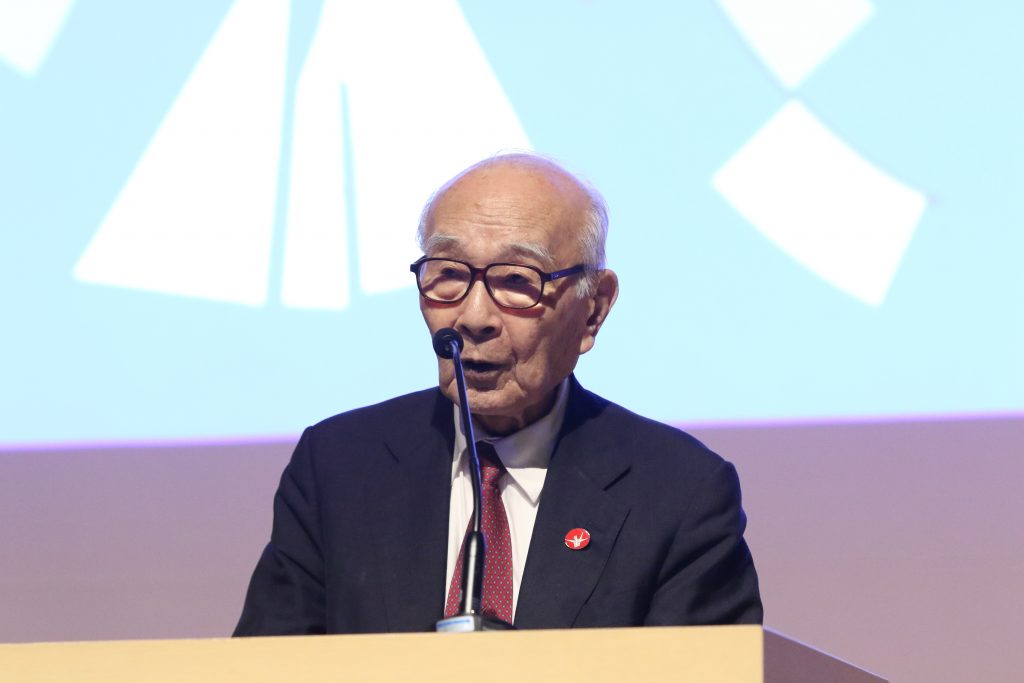
Next, Mr. Tanaka of Nihon Hidankyo gave a keynote titled “The Legacy of Nihon Hidankyo and the Future of the Nuclear Abolition Movement.” He introduced the history of Nihon Hidankyo, which was established by victims who endured censorship under the postwar occupation and faced social discrimination after the bombings. He urged, “Nuclear weapons, being extremely inhumane, must be abolished immediately. I hope young people will inherit the stories of atomic bomb survivors and work together toward a nuclear-free society.”
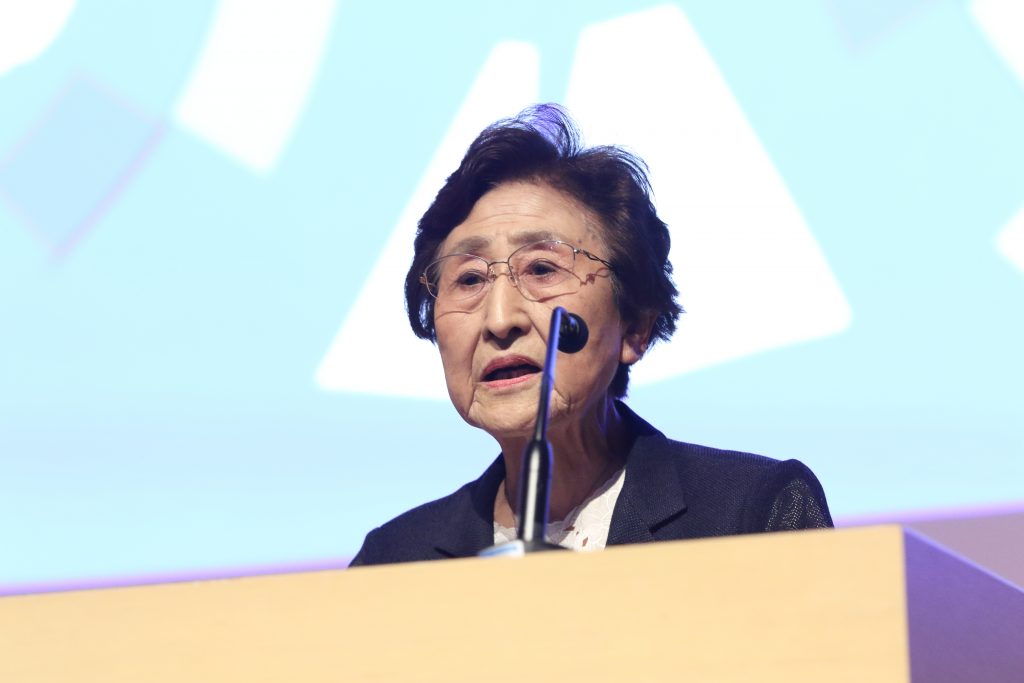
Following this, Ms. Kodama of Nihon Hidankyo shared her vivid memories of being a seven-year-old hibakusha in a speech titled “Passing on a World Without Nuclear Weapons or War to the Next Generation.” She stated, “Japan is expected to lead the world toward nuclear abolition. The very existence of nuclear weapons on this planet is a humanitarian violation. Humans create and use nuclear weapons, and it is also within our power to eliminate them. Let us entrust this beautiful blue planet to future generations.”
After the three keynote speeches, a commemorative performance of “Eine kleine Nachtmusik” was presented by a student quartet from the Sophia Philharmonic Orchestra.
Speeches and Panel Discussion
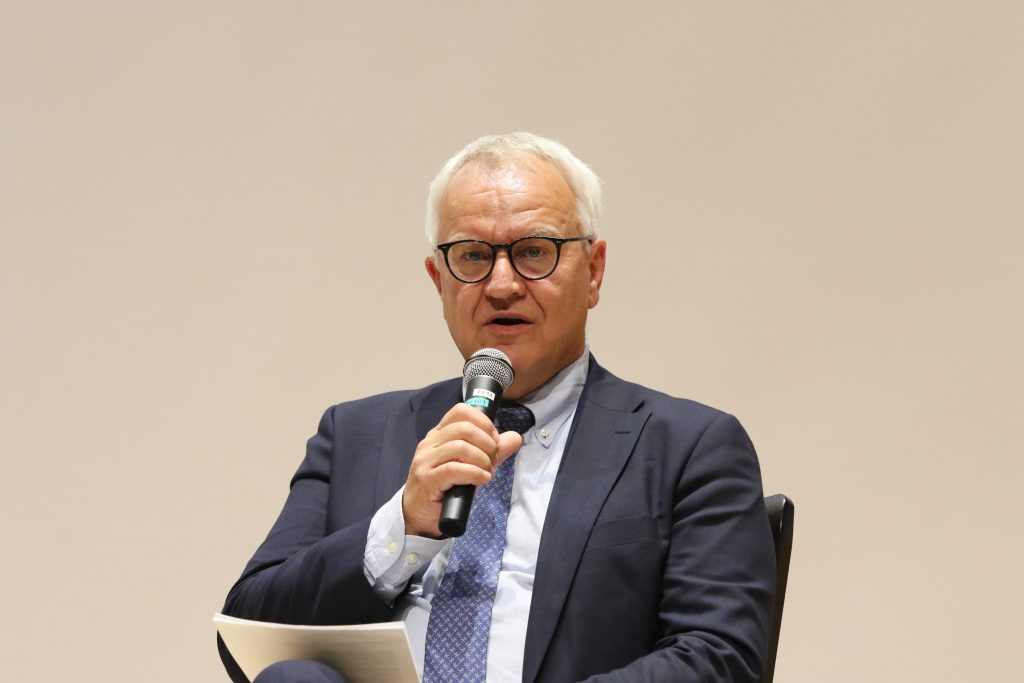
The second half of the conference featured speeches and a panel discussion. The panelists included Kristian Berg Harpviken, Director of the Norwegian Nobel Institute (moderator); Asle Toje, Vice Chair of the Norwegian Nobel Committee; Professor Nobumasa Akiyama of Hitotsubashi University’s Faculty of Law; Associate Professor Keiko Nakamura of Nagasaki University’s Research Center for Nuclear Weapons Abolition (RECNA); and Professor Taro Komatsu of Sophia University’s Faculty of Human Sciences. The discussion focused on nuclear weapons issues in the context of rapidly changing global dynamics, offering academic perspectives.
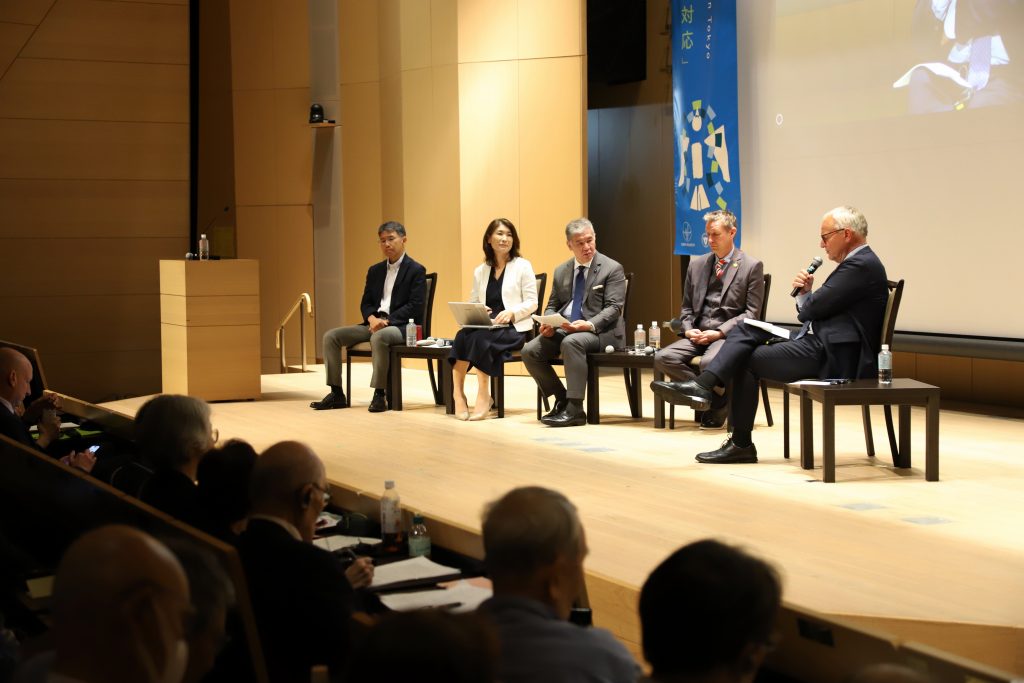
Dr. Toje analyzed the current state of “great power politics” in international relations, highlighting how U.S.-China tensions, Russia’s nuclear threats, and the constraints on U.S. military options are destabilizing the international order. He argued that the existence of nuclear weapons exacerbates instability and called for their abolition.
Professor Akiyama pointed out the declining credibility of the NPT (Nuclear Non-Proliferation Treaty) framework, identifying geopolitical conflicts, proliferation risks, and divisions in nuclear disarmament as key challenges. He proposed institutional reforms and inclusive dialogue to restore trust.
Associate Professor Nakamura highlighted the limitations of peace education in Nagasaki and proposed the introduction of disarmament education. She emphasized the importance of fostering young people’s ability to engage with nuclear issues proactively.
Professor Komatsu discussed the need to incorporate long-term thinking and intergenerational ethics into peace education, drawing on global trends. He stressed the importance of sharing the impacts of nuclear weapons and fulfilling responsibilities to future generations through education.
The subsequent discussion explored topics such as the role of education, how to share memories globally, and areas to focus on with hope. The program concluded with final comments from Mr. Tanaka and Ms. Kodama, wrapping up the two-hour event.
A full conference recording is available on Sophia University’s official YouTube channel.